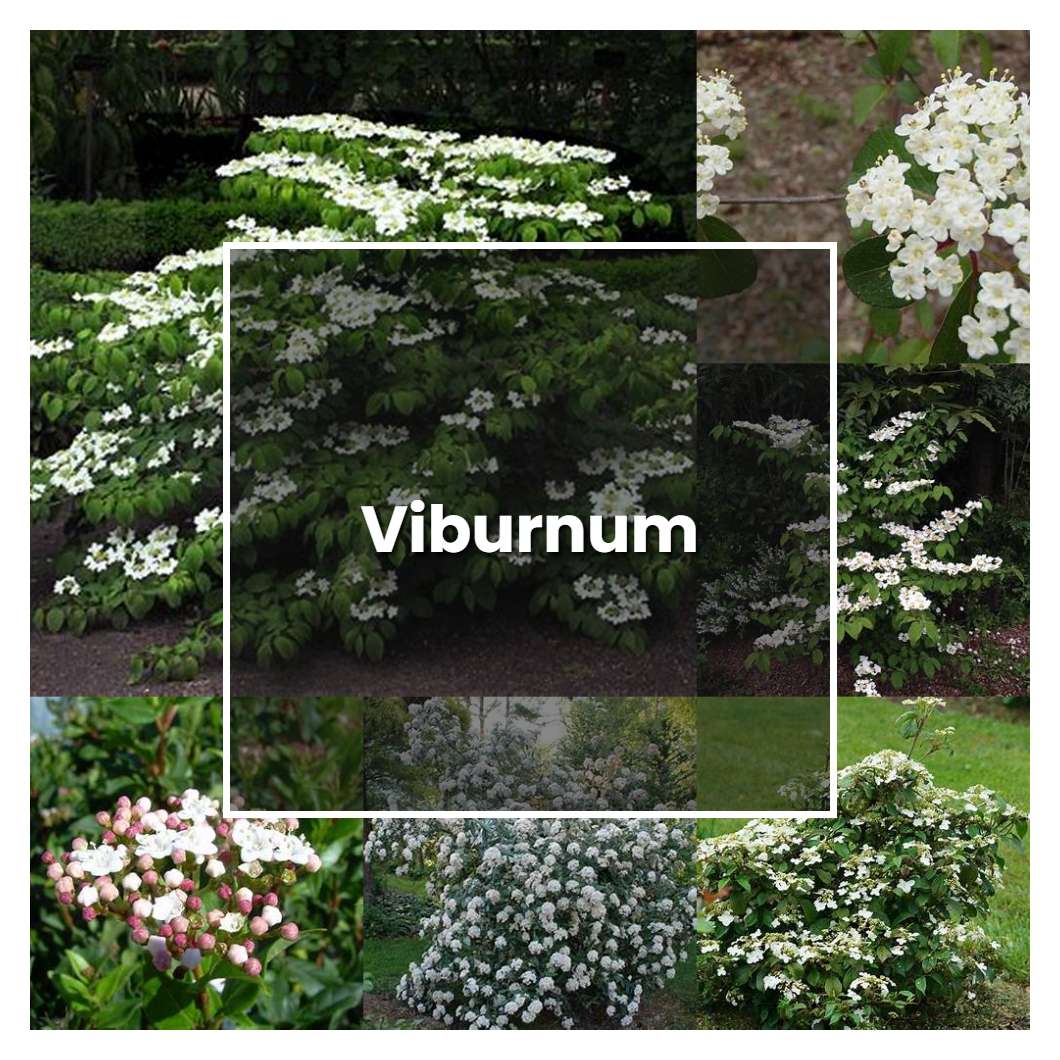Viburnum is a genus of about 150175 species of flowering plants in the moschatel family (adoxaceae) native to the northern hemisphere. the genus name refers to the native northern hemisphere species. most species are shrubs 13 m tall, but some are small trees up to 15 m or large shrubs up to 8 m tall.

Related plant:
Viburnum Opulus Compactum
Related plant:
Viburnum Tinus
About soil conditions, viburnum can grow in a wide range of soils as long as they are well drained. It prefer rich moist soils but will tolerate poorer ones. Avoid soils that are waterlogged. It can be found growing on ledges and in lean soils in the wild.
Just like other viburnums, the sunlight requirement for the species is at least 4 hours. The best place to plant it would be in an area that gets full sun in the morning and afternoon, with some shade in the hottest part of the day. It's also important to have well-drained soil.
The temperature condition that is necessary for the growth of the plant known as viburnum is one that is relatively cool. This plant is native to regions that experience a lot of snowfall and cold weather, such as parts of North America and Europe. In order for viburnum to thrive, the temperature must be below freezing for a significant portion of the year. Otherwise, the plant will not be able to produce the necessary flowers and fruits.
Ideal humidity condition for this plant is 50%. They need well-drained, moist soil rich in organic matter, however, they are very adaptable and can tolerate a wide range of soil types. The root system is very sensitive to drought, so make sure to keep the soil moist, but not soggy. Viburnums are very tolerant of salt and will do well in coastal areas.
Mentioning fertilizer, this family of plant does best with a soil that has been amended with organic matter and that has a pH of 6.0 to 7.0. You can fertilize your plant with a balanced fertilizer such as 10-10-10. For established plants, fertilize in early spring before new growth begins. Apply the fertilizer at the rate recommended on the package for the size of your plant. Be sure to water the fertilizer into the root zone.
Pruning viburnum is important to maintain its shape and encourage new growth. When pruning, cut back the main stems to just above a lateral branch. This will encourage the plant to branch out and fill in any bare areas. Trim off any dead or damaged branches, as well as any that are crossing or rubbing against other branches.
Propagation is by seed, softwood or hardwood cuttings, or layering. Seeds germinate readily, and young plants can be transplanted easily. Softwood cuttings can be taken in late spring or early summer, while hardwood cuttings are best taken in late fall or early winter. Layering can be done at any time of year.
Usually, the plant growth rate is fast, allowing the plant to reach its full potential size within a few years. The average growth rate for a viburnum is between 10 and 15 inches per year. However, some varieties of viburnum can grow at a rate of 20 inches or more per year.
Common problems for this kind of plant include: 1. Crown gall This is a bacterial disease that affects the roots and stems of the plant. The plant will develop galls, or tumors, on the stems which can stunt the plant's growth. 2. Powdery mildew This is a fungus that appears as a white powder on the leaves and stems of the plant. It can cause the leaves to turn yellow and drop off. 3. Black rot This is a fungal disease that affects the fruit of the plant. The fruit will turn black and rotting. 4. Verticillium wilt This is a fungal disease that affects the leaves and stems of the plant. The leaves will turn yellow and drop off.
Source:
Viburnum Diseases - Penn State Extension
Viburnums | UNL Gardens | Nebraska
Mapleleaf Viburnum | University of Maryland Extension
